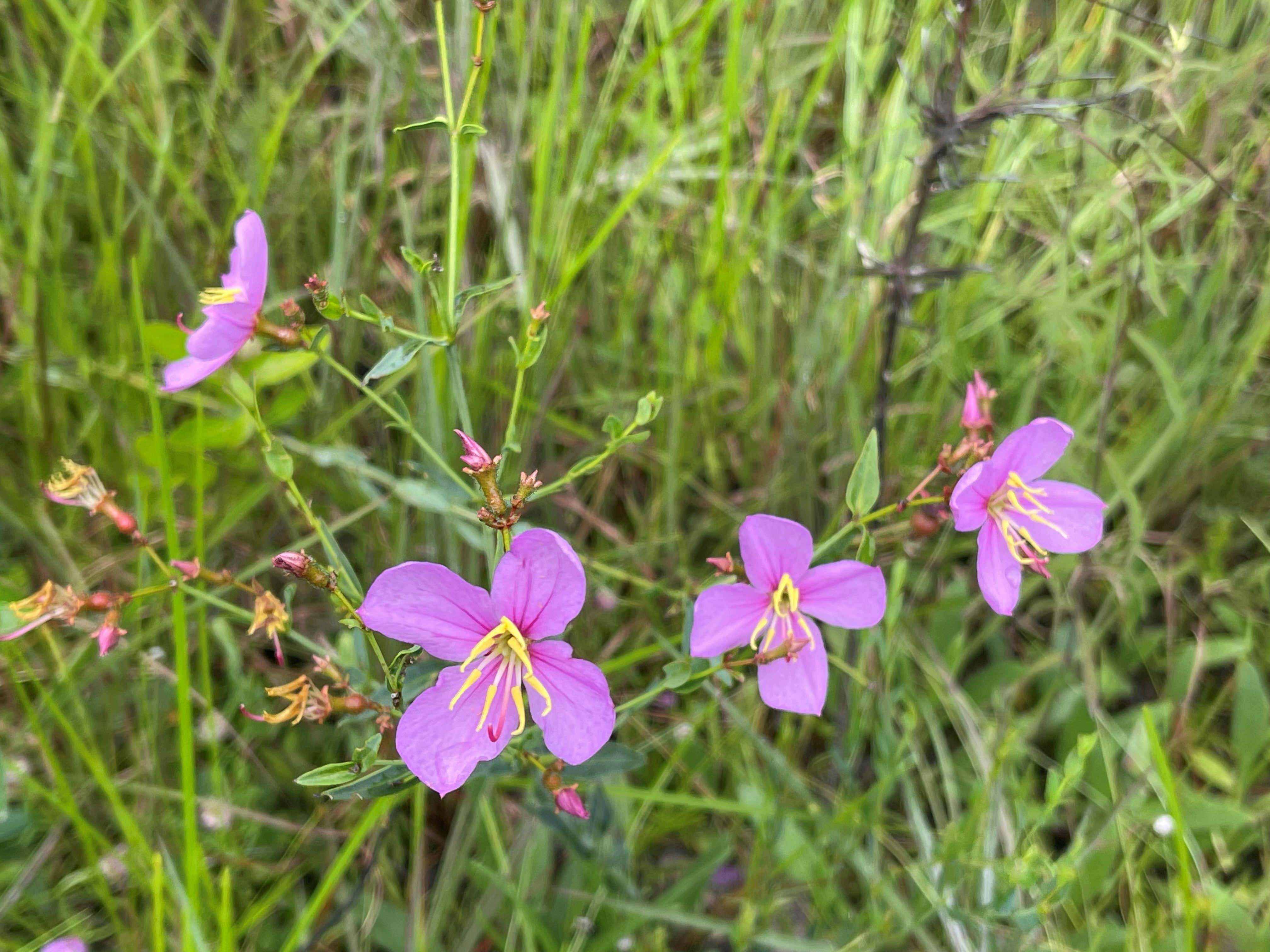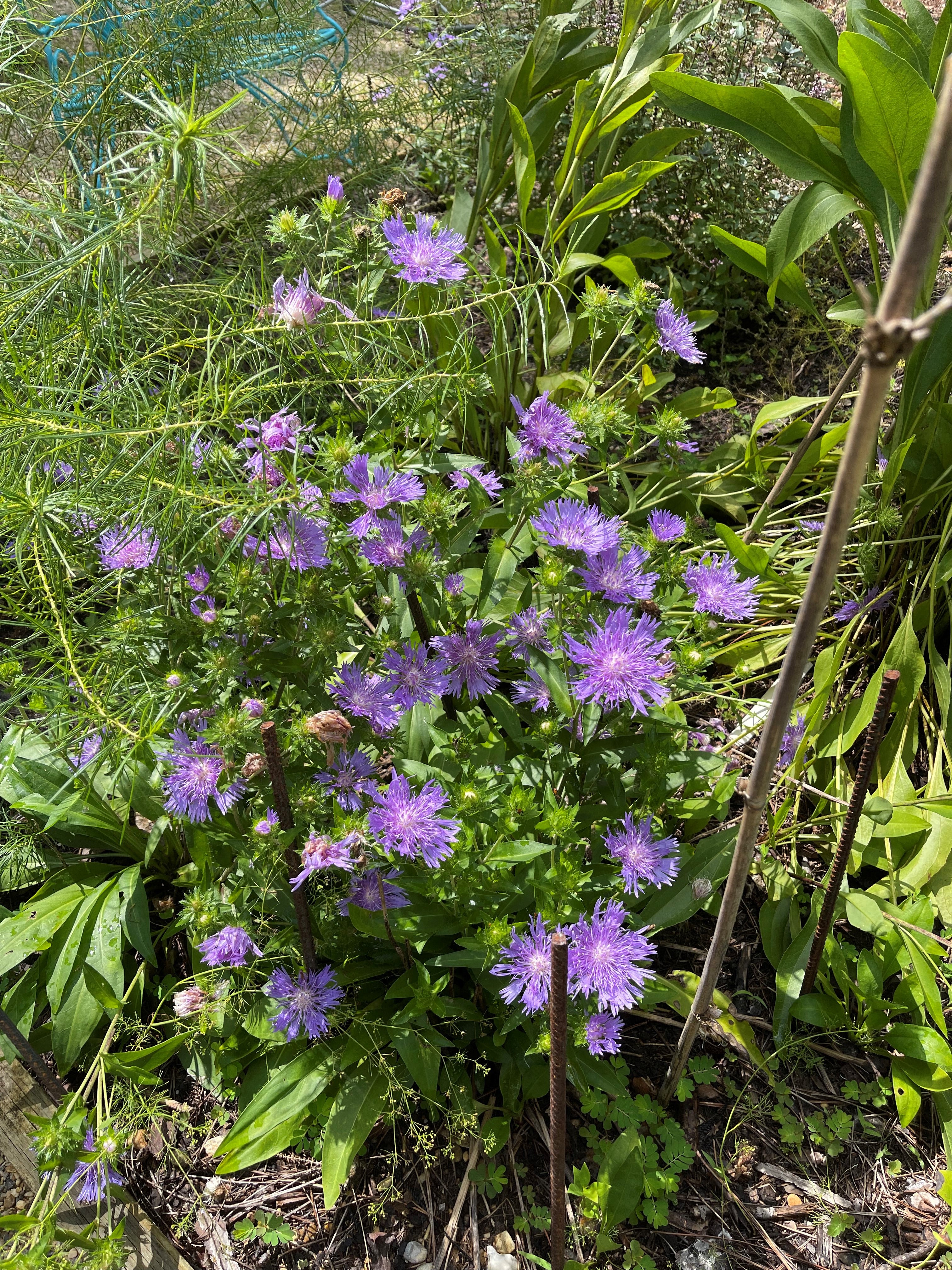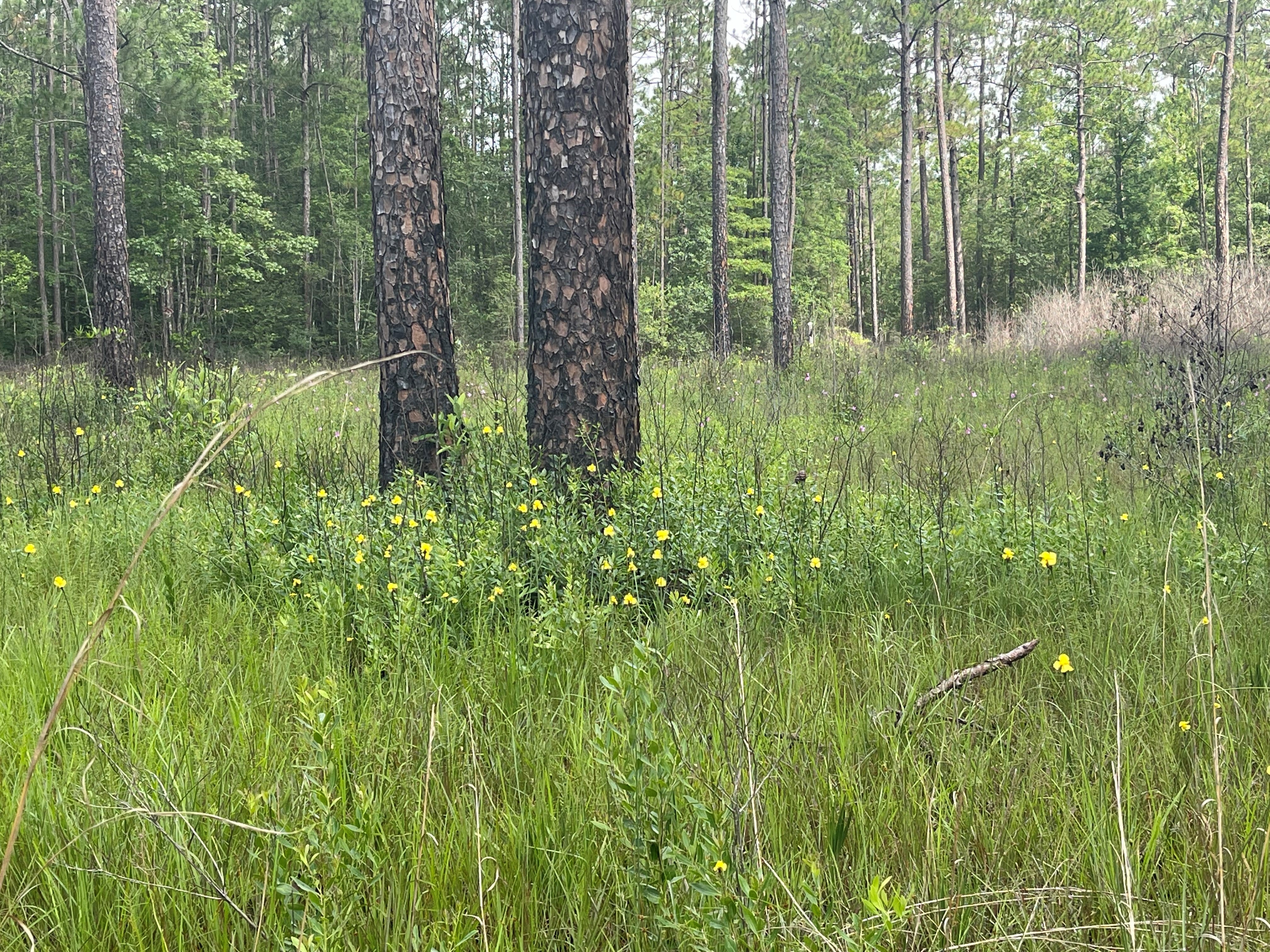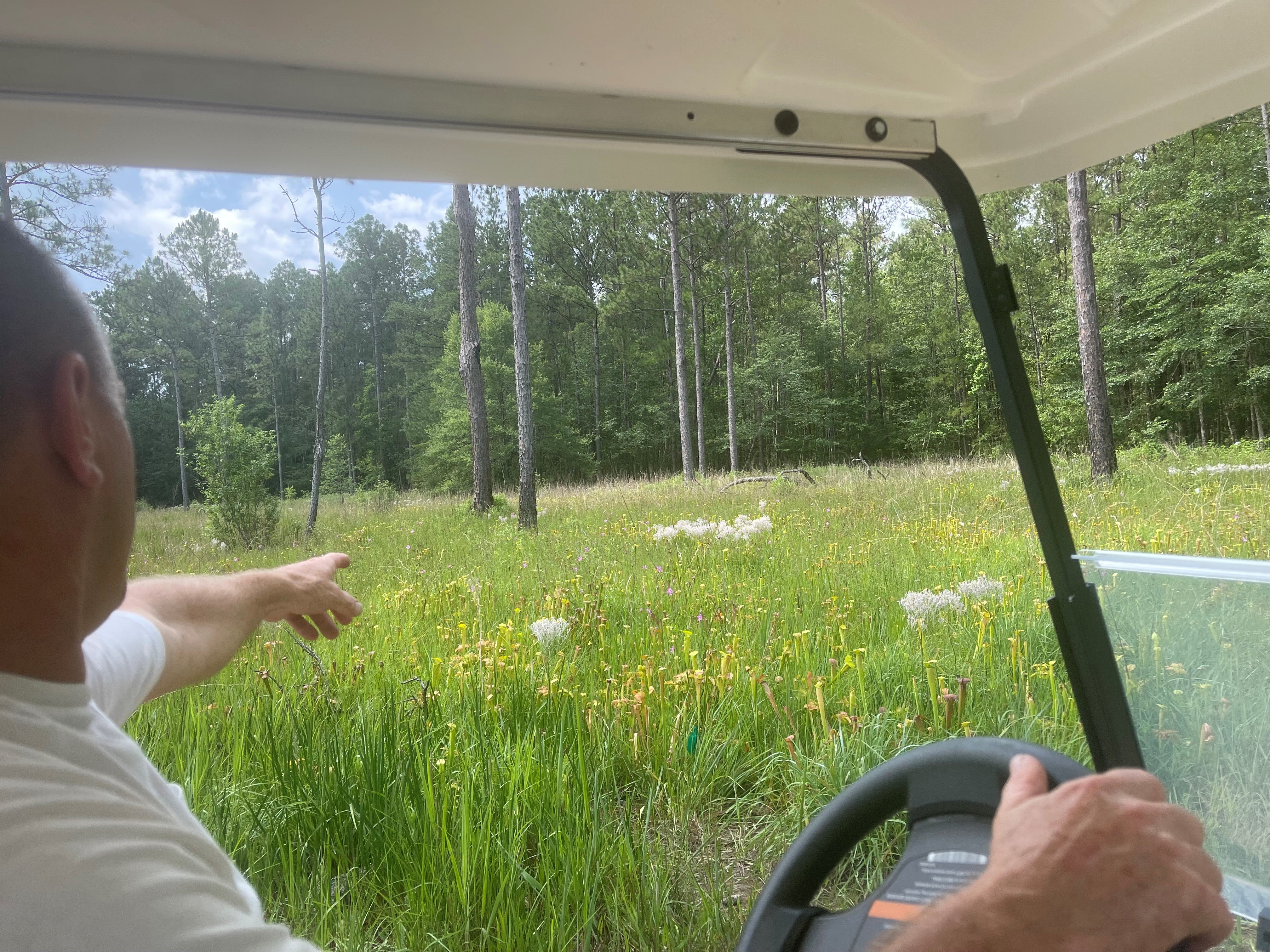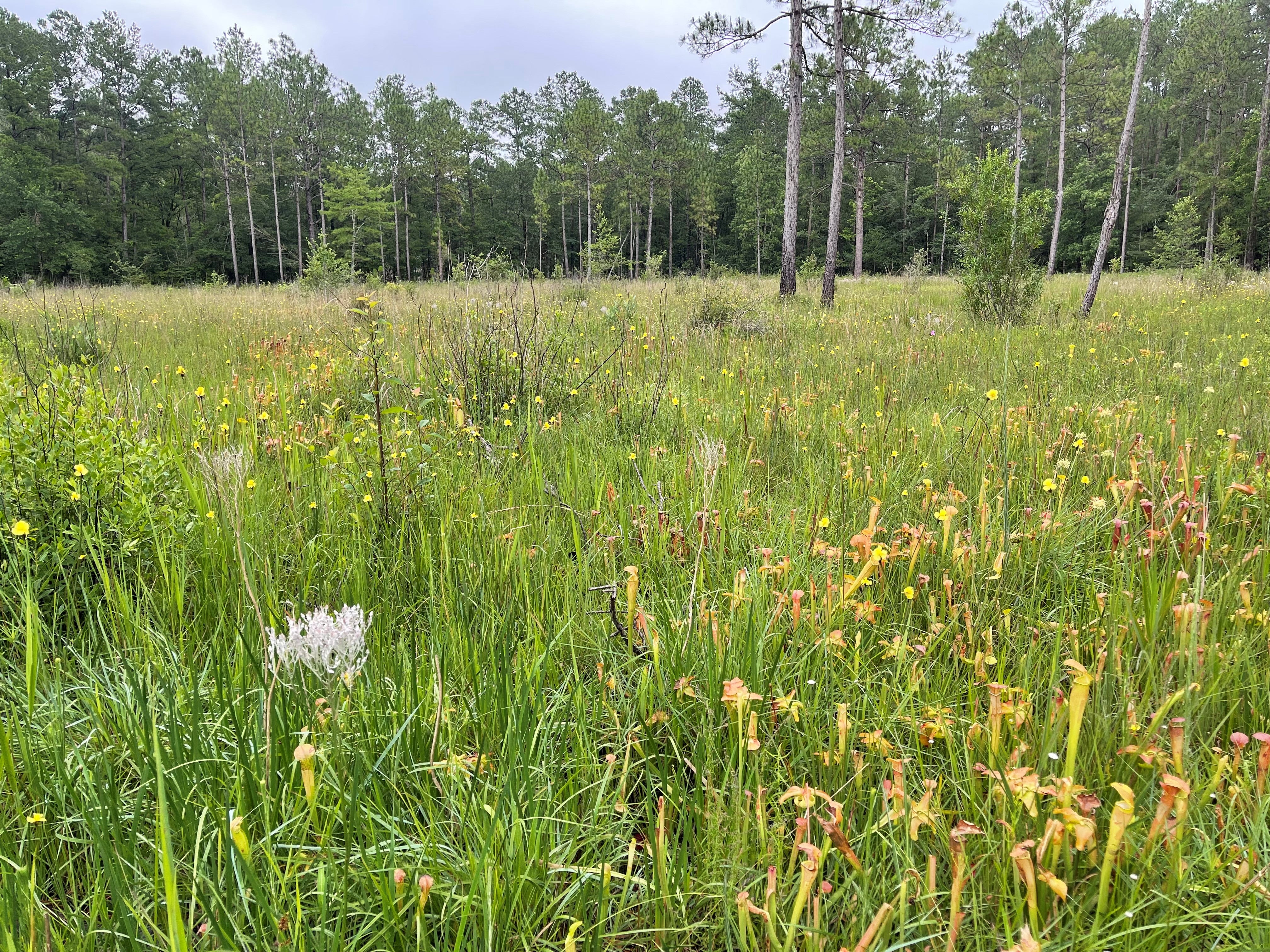Some like it hot! Summer’s heat-tolerant native perennials for your garden
Published 4:45 pm Sunday, July 25, 2021
By Patricia Drackett
Director of the Crosby Arboretum and
assistant extension professor of landscape architecture with the Mississippi State University Extension Service.
On my frequent drives down Ridge Road, it’s hard to resist being mesmerized by the colorful mix of blooming perennials along the roadside between our visitor and service entrance. Lately, I’ve been astounded at the deep purple hues of the Stokes aster growing in the ditch. This perennial is certainly in my “top ten list” of high-performing perennials. While many of the plants in our Savanna Exhibit may be best suited for this wet, acidic soil, this aster is a perennial that performs very well in a typical bed in the home garden.
Right now, the Arboretum’s Savanna Exhibit is lush with summer growth. Here and there you will see clusters of bright pink meadow beauty (Rhexia), which really pop out. On drives around the property, I’ve thrilled to the recent explosion of flowering perennials, such as yellow-eyed grass (Xyris). On a walk through the Pitcher Plant Bog, you can see hundreds of these tall thin stems topped with yellow flowers on sphere-shaped heads. It is quite a sight! And when the delicate yellow petals fall, the heads resemble tiny pine cones, taking on an entirely different look.
Another thin-stemmed flower, called lady’s hatpin (Eriocaulon), pipewort, or bog buttons, is found in great profusion in the Savanna Exhibit. When it blooms, it gives the meadow the appearance of being a swaying sea of polka dots. A few orange-red blooms of fewflower milkweed (Asclepias) are conspicuously held high upon stems that are 3 to 4 feet in height.
When you consider the high density of plant species found in wet pine savanna habitats, which also includes many native grasses, flowers held high on thin stems that wave an enticing hello to passing butterflies have a very advantageous design. What a picture-perfect sight to see butterflies perched on the bloom of such a brilliant milkweed! If we can spot these blazingly bright flowers at a great distance, imagine how excited the butterflies get when observing the same thing!
Flowers in the grasslands range from the tall to the tiny. Five species of petite candy root (Polygala) are common along the pathways. They occur in shades of pink, white, purple, yellow and orange. Typically ranging from only two to six inches tall, the plants are also called milkworts or drumheads. Their unusual blooms are attractive to butterflies such as tiny skippers. You may have heard these called candy root because the roots have an aroma like wintergreen candy.
Many of Mississippi’s wildflowers are at home in hot, wet environments such as our Savanna Exhibit. Do you have an area of your property where you find it difficult to garden in a traditional manner? Consider letting it go a “little bit wild”. Let it grow up and see what develops, or sprinkle in a wildflower mix designed for our region.
For an excellent guide to wildflowers, visit www.MSUcares.com<http://www.MSUcares.com>, the MSU Extension website, and search the Publications (the top menu, to the far right) for Publication No. 1709, “Wildflowers for Mississippi Meadows and Gardens”. Topics such as planting times, soil preparation, seed mixes, and weed control are covered. Lists of perennials and annuals that re-seed for sunny meadows are included, and perennials that are suited for sunny wet areas.
If you’re a fan of wildflowers, you’ll enjoy reading through the many articles on the Extension website. Enter the key word “wildflowers” in the search field to learn more about the many species of Mississippi wildflowers for your garden, including growing tips on the best time to seed a wildflower garden (September through November)
Come to our Summer-Blooming Native Perennials “flash plant sale” on Saturday, July 31 from 9:00 to 11:00 a.m.! You’ll find plants that attract wildlife, including butterflies, hummingbirds, bees and other pollinators. Members and non-members enter at 9:00 a.m. A plant list will be posted soon on Facebook.
Join Diamondhead artist Penny Crawford for a Botanical Illustration Workshop on Saturday, August 7 from 9:30 to 12:30 a.m. Prior painting experience is NOT required to participate! Take a short walk through the Arboretum exhibits to gather plant materials. Penny will give a botanical watercolor demonstration and then provide guidance as you draw and then paint your own plants. For details, see our website at www.crosbyarboretum.msstate.edu<http://www.crosbyarboretum.msstate.edu>. All workshop materials are provided. Just bring yourself! Limited to twelve persons. Cost is $15 for Arboretum members and $20 for non-members.
An “All About Hummingbirds” program with long-time hummingbird bander James Bell takes place Saturday, August 14 from 9:30 to 10:30 a.m. To make reservations call 601-799-2311 to sign up and pay when you arrive. The Crosby Arboretum is located in Picayune, I-59 Exit 4, at 370 Ridge Road.


